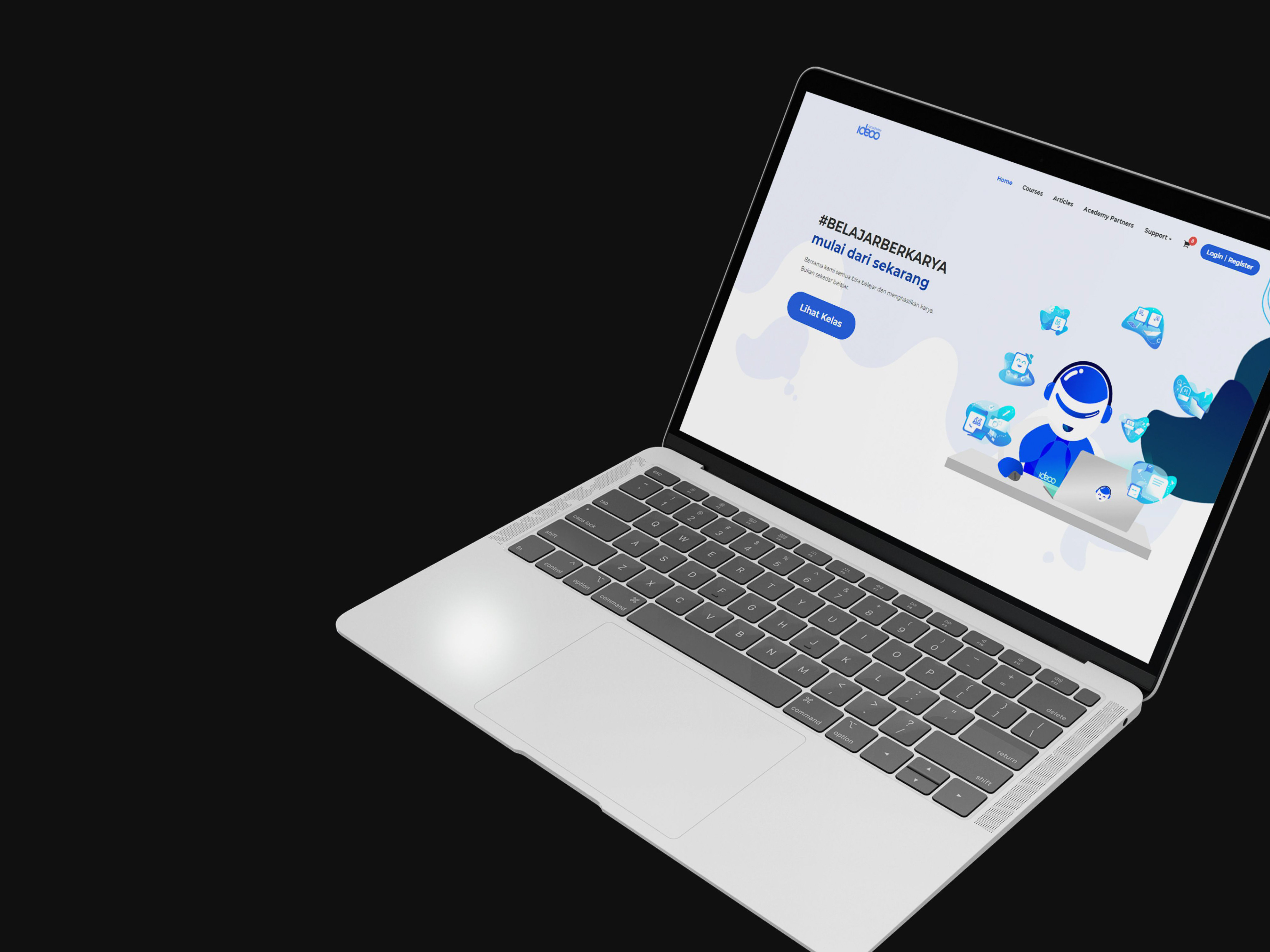Project Overview
Skilvul, an Indonesian Technology Education Platform, excels in delivering digital skill development courses through a blend of online and offline instruction. The introduction of the Mentor on Demand feature provides a unique opportunity for students to schedule one-on-one sessions with mentors, significantly enhancing their mastery in coding and UI/UX design.
Timeline
March - June 2022
Project For
Kominfo Digital Talent Scholarship 2022: UI/UX Design Mastery Bootcamp in collaboration with Skilvul
Project Team
• Zulfiqar Islahqamat
• Muhammad Davi
• Juni Kartika
• Muhammad Shiddiq
Responsibilities
• User Research & Analysis
• UI Design (including iterations)
• UX Design (employing Crazy 8s, Wireframing, Prototyping)
Problems
One prevalent challenge within online learning platforms is the skewed mentor-to-student ratio, severely limiting personalized interaction. This often leaves learners yearning for the bespoke guidance necessary to navigate complex concepts.
Design Approach
The project journey was structured around the five phases of the Design Thinking process as proposed by the Hasso-Plattner Institute of Design at Stanford (d.school), chosen for its iterative nature that facilitates rapid prototyping and testing of ideas.
Source: https://ruralhandmade.com/blog/the-five-stages-of-design-thinking-a-comprehensive-overview
1 — Empathize
The journey began with an immersive dive into secondary research, exploring user reviews of Skilvul’s competitors and delving into scholarly articles on mentoring. This exploration uncovered a significant need for a Mentor on Demand feature within Skilvul’s offerings. This phase wasn't merely about collecting data; it was about listening deeply to the needs and aspirations of potential users, validating the team's intuition that such a feature would fill a vital gap in the online learning landscape.
2 — Define
With a wealth of insights at their disposal, the team meticulously identified the pain points resonating among both students and mentors. This process translated raw feedback into a map of "how-might-we" questions, each a beacon of possibility, ranked by urgency and potential impact. These questions shaped the challenge ahead into actionable paths for exploration and solution development.
3 — Ideation
During the ideation phase, creativity knew no bounds. The team brainstormed solutions, focusing on designing features that addressed the identified pain points and aimed to enhance the Skilvul learning experience. Mentor search and scheduling emerged as key functionalities, guiding the team toward their goal of making mentorship accessible and affordable for all users.
4 — Prototype
The vision began to materialize as the team developed the user flow, prioritizing simplicity and ease of navigation within the mentor-on-demand features. From crafting Lo-Fi Wireframes to designing the UI Style Guide and assembling the Hi-Fi Prototype, this phase was a meticulous process of bringing form and function together. Each element was carefully chosen to embody the concept and bring it to life.
For those eager to explore, discover the prototype by clicking the link below.
5 — Testing
The testing phase marked a pivotal moment, as the team invited respondents with prior online learning platform experience to evaluate the prototype. This feedback served as a critical measure of the prototype's usability and impact. Scoring a 6.3 out of 7 on the Single Ease Question (SEQ) and 95 out of 100 using System Usability Scale (SUS), was a testament to the prototype’s user-friendliness and the team's ability to meet the real-world needs of its audience. This phase reflected the effectiveness of the team’s efforts and encouraged further refinement.
Results & Findings
The development of the Mentor on Demand feature at Skilvul, guided by a comprehensive process of empathy, definition, ideation, prototyping, and testing, culminated in notable results and insightful findings. Achieving a high usability score of 6.3 out of 7 and 95 out of 100, the feature validated the pressing need for personalized mentorship within online learning, addressing key pain points such as the disproportionate mentor-to-student ratios and enhancing the accessibility and affordability of mentorship. The positive reception and the demonstrated potential for scalability underscore the importance of such innovations in digital education. Furthermore, the project underscored the necessity for continuous iteration based on user feedback to refine and adapt the feature to meet evolving educational needs. Overall, the successful implementation of the Mentor on Demand feature marks a significant advancement in bridging the mentorship gap, offering a model that could revolutionize online learning by making it more interactive, personalized, and effective.





